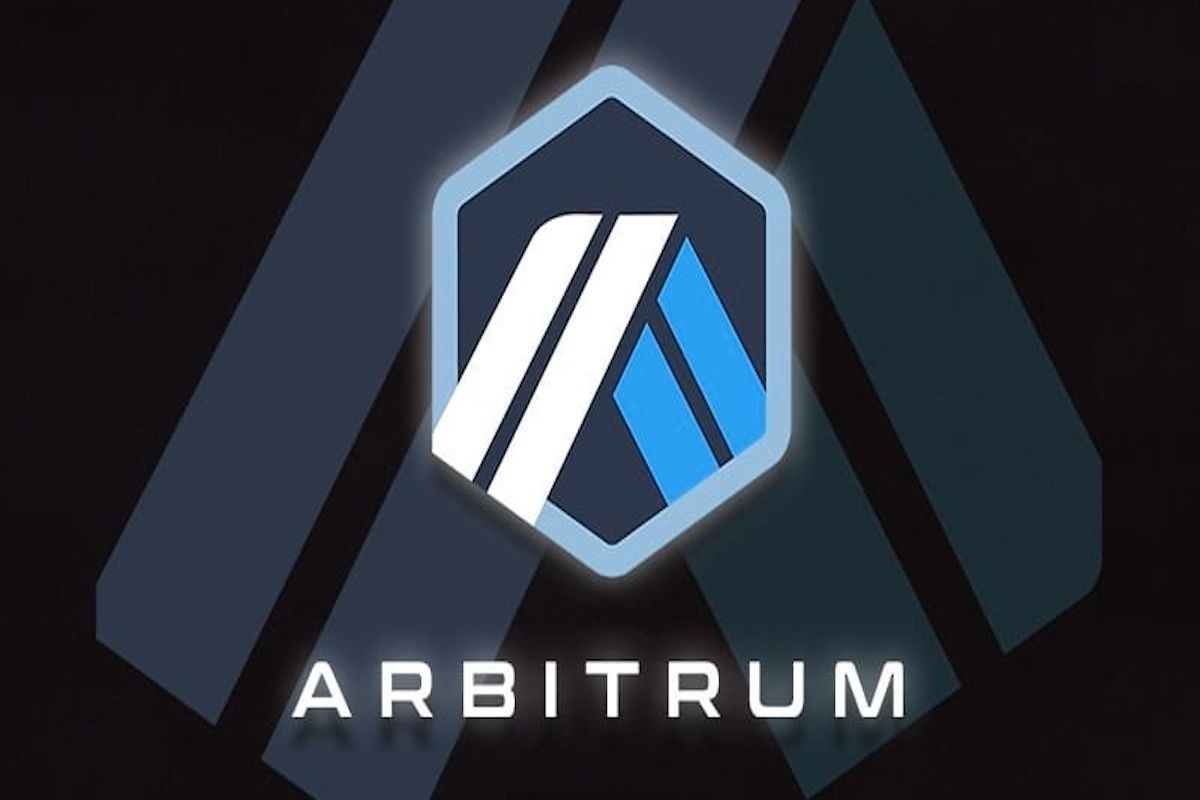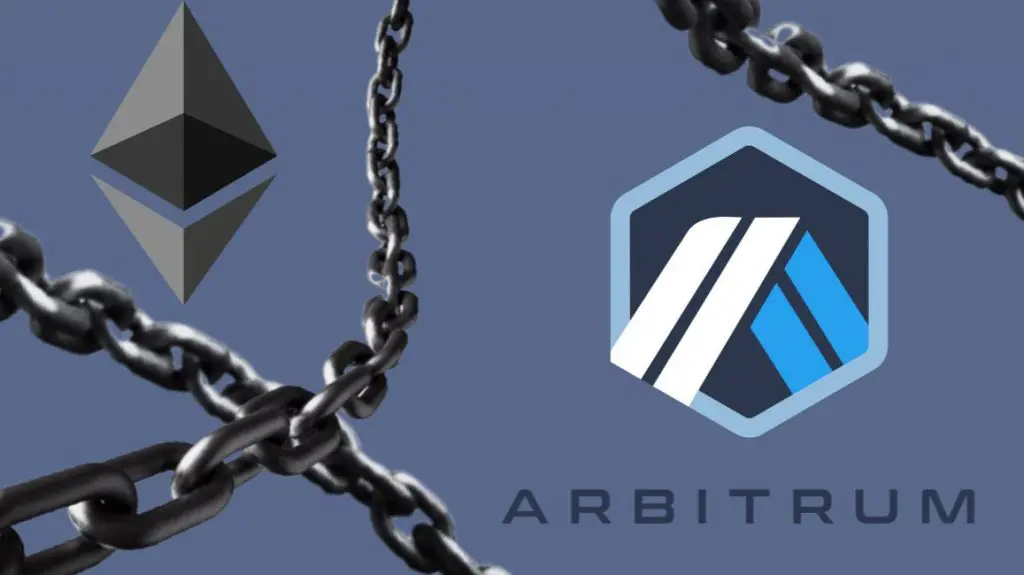Arbitrum is described as an open-source, decentralized application that is used for stress-testing blockchains. It operates by sending transactions to every node in the entire network concurrently. All these transactions are cryptographically signed using random keys, which makes it quite impossible to predict which key will validate a specific transaction.
Thus, this strategy ensures that each transaction has to be validated independently and in parallel across all the nodes in the network. That way, Arbitrum dApp can simulate a huge sure in transactions across all the nodes on the network at the same time.
Although Arbitrum is mostly used in the testing of public Ethereum (ETH) nodes, it can test and analyze all other blockchains that are powered by the proof-of-work (PoW) algorithm. In the coming years, the aim is to have Arbitrum operate through many proof-of-work algorithms to enable the platform to compare how every algorithm scales with transaction volume.
Furthermore, this application strives to initiate a debate about blockchain scalability and how decentralized applications (dApps) can scale all their transactions without losing decentralization.
Related:Chia Network And The Proof Of Space Movement
Arbitrum Explained
Arbitrum is primarily a mobile application that can develop smart contracts, decentralized currencies, and decentralized applications. That is possible through Arbitrum’s use of sidechains assuring that all transactions are secure without any mining using Scrypt or SHA-256, unlike Litecoin (LTC) or Bitcoin (BTC).
The application has been created as an enhanced version of Bitcoin with extra features including Arbits (internal currency), speed improvements, and smart contract capability. Integrating all these features into a single currency expands the users’ possibilities. They can store funds securely in their wallets and can access smart contracts and dApps that need Arbits to operate on the blockchain network.
For now, Arbitrum dApp operates on the same blockchain as Ethereum. It is still powered by the platform since the only way currently available to develop smart contracts, decentralized currency, and dApps is on the Ethereum blockchain.
Therefore, to access the functionality from this application, it needs to remain fully connected to Ethereum so that the users can utilize their Arbits in the manner that they wish while they remain on one blockchain.
Moreover, Arbitrum has its in-house currency known as Arbits. This currency can be used like Ether (ETH) for transactions on the blockchain. An internal currency within crypto offers a solution for some of the crypto’s current challenges, including scalability issues and transaction fees.
A common issue that comes with transaction fees is that it adds extra costs onto user transactions resulting in several people purchasing products online as a result of excess costs. Moreover, transaction fees are paid in cryptos that can prove expensive for the vendors due to the volatility in the cryptocurrency prices.
Utilizing an internal currency enables the users to avoid the transaction fees as Arbits are used within the network for transactions executed within Arbitrum’s blockchain. This means that the vendors do not need to worry about the volatility in the crypto market since all these issues are resolved by the application’s use of single crypto.
Arbitrum is unique because its Arbits token can operate alongside Ethereum coins. Using these internal tokens can resolve some of the current issues that affect blockchains, including scalability issues and transaction costs while simultaneously enabling decentralized applications to be created on Ethereum’s blockchain.
Since Arbitrum is integrated with Ethereum, the users can use their Arbits in different methods. Thus, any alterations that need to be made for its internal transactions can readily be installed into the system.
Arbitrum’s History
The application started as a project developed by Arbitrium Limited in early 2016. Arbitrum was ideally designed to be used for stress testing blockchains in the project’s development phase. Originally, this application was developed with flexibility in mind. The platform has many customizable features and components that enable users to execute arbitrary transactions within the Arbitrum network.
Thus, the extensive flexibility supports a wide range of testing possibilities. Furthermore, it lets users monitor every node that exists on the decentralized network, including the speed at which every single node processes and executes transactions and other useful metrics.
Before the release of the application’s 2.0 version, its customizable features were managed via a GUI integrated into Arbitrum’s daemon. In the 2.0 version, the settings were moved out of the daemon and into various configuration files to enable the easy deployment of Arbitrum on any system without needing any installation of a graphical interface or any considerable dependencies on Arbitrium servers.
Ethereum And Arbitrum
Both Ethereum and Arbitrum are decentralized online services. However, they are significantly different. In the case of Arbitrum, it was designed to create entirely new services on other platforms apart from the blockchain. The application uses Peg-Net while Ethereum uses the Ethereum Virtual Machine (EVM).
Related: The Rise And Power Of Ethereum: What You Need to Know…
Arbitrium’s developers want to create an app for Android OS to enable people to use their mobile devices to send Arbitrum coins. They said that they are working on improving the platform to enable people to run their version of the application on any mobile device without having to seek permission from any third parties.
That is crucial for the team since they hope that ISPs and government authorities would not shut down the entire system when it becomes popular by blocking some API requests or using similarly restrictive strategies.
The concept behind Arbitrum was launched when the team noted that the Ethereum Virtual Machine is the ideal solution for writing decentralized applications. Moreover, they noted that many drawbacks were affecting Ethereum blockchain pushing them to develop a new Peg-Net standard.
Why Is Arbitrum Unique?
The developers aim to create an application that operates as a complete financial platform, which enables users to participate actively in the cryptocurrency economy using various decentralized applications (dApps).
Arbitrum can develop a world where everything related to finance and economics is congregated on a single platform. It means accessing bank accounts, investing, exchanging crypto and fiat, borrowing, lending, saving, selling, and buying shares, stocks, and derivatives.
The other cryptos have focused on various aspects of the market. However, Arbitrum seems to have focused on one area. It aims to integrate all these components into a single general-purpose tool. The primary building block of this platform is the Arbitrum Wallet. The wallet will enable users to receive cryptos with smart contract support including the NEP5 and ERC20 compatible tokens.
Related:New Foundation to Focus on Crypto Wallet Interoperability
The other integral component of the platform is the ArbitrumCoin. It works primarily as the application’s currency, letting users purchase goods and services within any application that integrates with it. Users may also choose to keep their ARB in the wallet and get interested in the available balance.
Their other building block is ArbitrumX, which supports the decentralized exchanges of crypto and fiat currencies using the Arbitrum Wallet as an intermediary. This platform also has its first dApp, ArbitrumFinance. This dApp integrates all the mentioned components into a single functional toolkit to help people manage their finances.
Benefits Of Arbitrum dApp
The primary advantage of this application is that it enables everyone to trade without requiring any permission from third parties like financial institutions and banks. Arbitrum is free and decentralized from all government regulations, which may cause different problems with traditional fiat currencies. With this platform, the users do not require an account, and the currency cannot be held or controlled by governments or banks.
Thus, there are no risks associated with arbitrage trading. Another advantage that comes with crypto is its anonymity. Only the sellers and buyers know each other, unlike in the case of banking where many people have access to your information. Different people can access your credit cards and account numbers.
The anonymity makes it nearly impossible to steal a person’s identity and avoids people from using arbitrages anonymously because you have to submit identification before joining. Many of the available cryptos have limited supply, which makes it hard to devalue digital assets in the future. On the other hand, fiat currencies can be readily printed out of thin air at any given time.
Arbitrum does not charge any transaction fees when trading with other users and no third-part permission is needed when executing transactions on the platform. In the case of traditional money, banks charge a fee for their services. Moreover, the banks may also freeze accounts and sometimes decline in case they suspect illegal activities. That makes it challenging for people to manage their funds or use them in emergencies and important ways.
Shortcomings Of Arbitrum
Although Arbitrum is a reliable stress-testing tool that lets users test blockchains on scalability, most of the things that it tests cannot be fixed with simple patches. Instead, most of them are issues that come with many tradeoffs that prove challenging to balance out.
First, there are many hard limits on blockchains. Sending simultaneous transactions across all nodes means that each node has to hold all of the blocks in memory concurrently. Therefore, nobody can process a block until they have received and validated it from each of the other nodes on the network.
This phenomenon has two side effects. First, in case every blockchain had just one block sent via Arbitrum, the load one each node would be the same. Nonetheless, if one publishes multiple blocks via Arbitrum simultaneously, every node would have to deal with a bigger load than its peers. Such occurrences may cause nodes to timeout and become temporarily unresponsive as they wait for their turn to come into the processing queue.
Moreover, the more transactions executed across all the nodes on the network, the bigger the load there is on every node. These loads cause huge strains on computational power and blockchain storage.
The Takeaway
Arbitrum dApp is ideal for stress-testing the performance of blockchain under high transactional volumes. But, it is less useful for the testing of real scaling solutions. Most of the things that it tests are hard to improve without massive overhauls to the protocol’s design.
The application is compatible with all the languages used for Ethereum. However, its work is still invisible for all the end-users. Hence, Arbitrum is majorly adopted in the Ethereum community.










